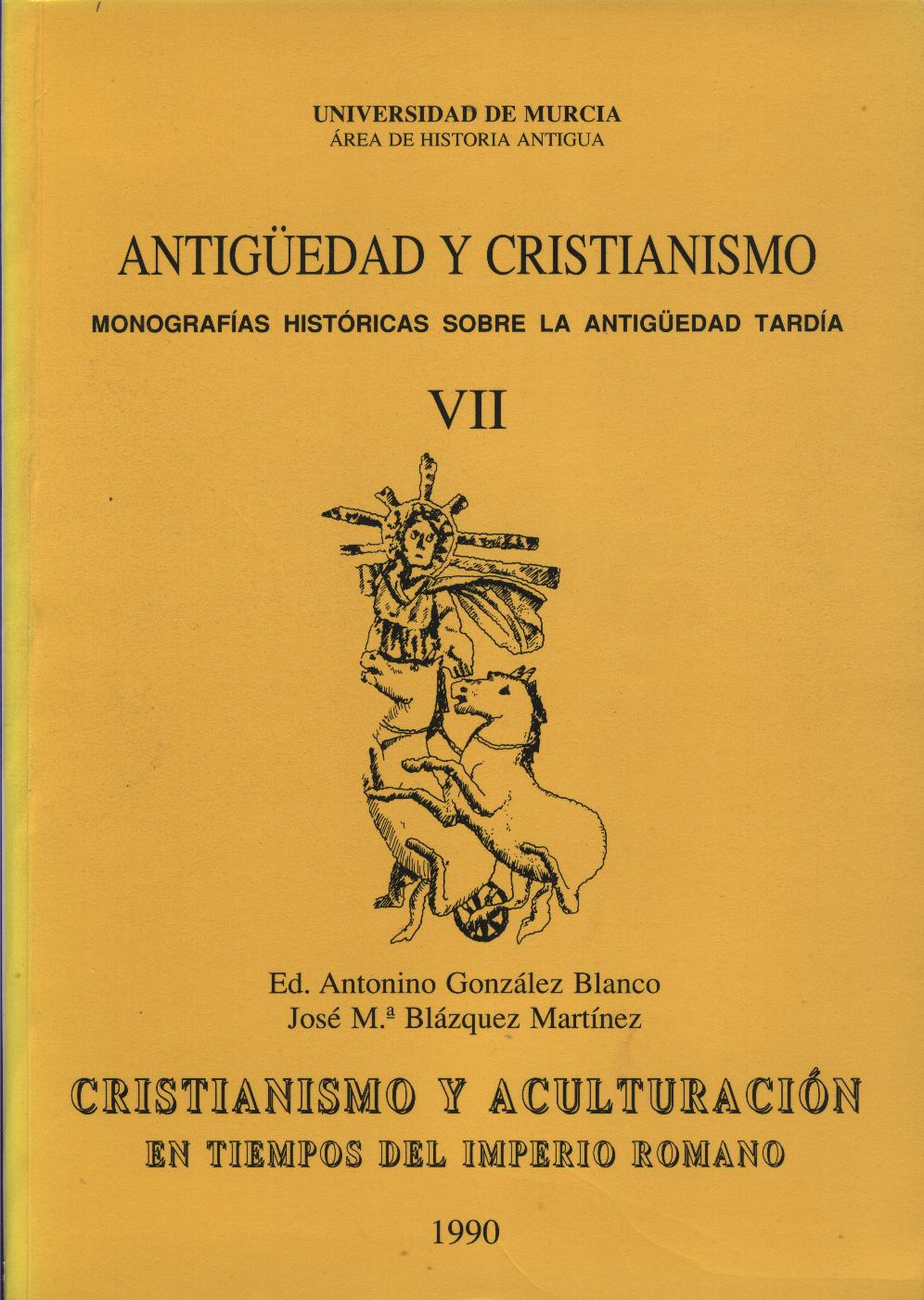Usurpación y religión en el s. IV d. de C. Paganismo, cristianismo y legitimación política
Abstract
The first part of this study analyses the reasons underlying the identification of the usurper with the ideological figure of the tyrant, and also the place occupied by the term «inipiety» amongst the infamous characteristics peculiar to the typical portrait of this figure since its genesis in the framework of the Atenas post-Clistenical. In the second part, with these theoretical suppositions as a background, the author explains and documents the utilization of the religion as a means to legitimate the power of Maximus obtained by the force of arms, and whose intervention in the Priscillian certamen complied to his purpose of justifying before the Apostolic See and the Court of Constantiople where he seeked to be recognized as the Emperor worthy of the PARS OCCIDENTIS.
Downloads
1. The authors non-exclusively assign the exploitation rights (reproduction, distribution, communication and transformation) to the magazine.
2. The works published in this magazine are subject to the Attribution-ShareAlike 4.0 International license (CC By SA 4.0). Therefore, they can be copied, used, disseminated, transmitted and publicly displayed, provided that:
i) the authorship and the original source of its publication (journal, editorial and URL of the work) are cited, thus allowing its recognition.
ii) it is allowed to remix, transform or create from the material while maintaining the same license as the original.
Note: Articles prior to 2022 incorrectly display the CC by SA license in the abstract page. They are under a CC by NC ND license as embedded in the article pdfs. Articles published in 2022 and after are under the CC by SA license.

3. Self-archiving conditions. Authors are allowed and encouraged to electronically disseminate the pre-print (version before being evaluated) and/or post-print (version evaluated and accepted for publication) versions of their works before publication, as it favors their publication. Earlier circulation and diffusion and with it a possible increase in its citation and reach among the academic community. Color RoMEO: verde.























